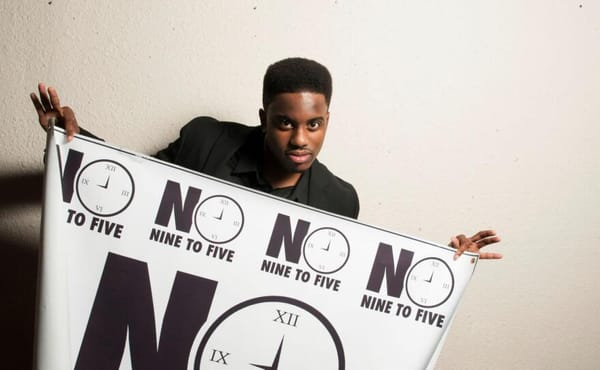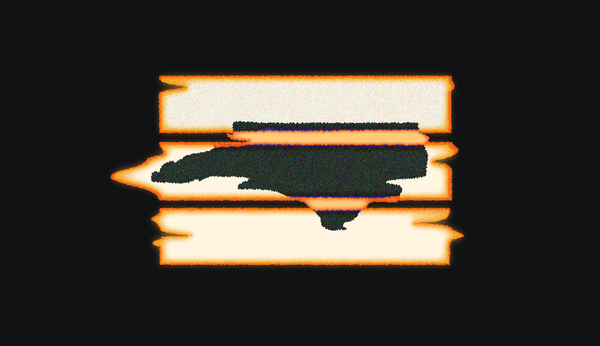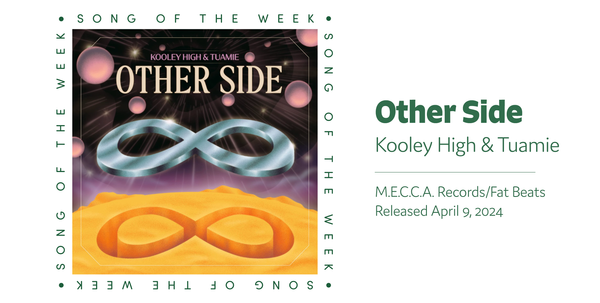Bury Me At The Casa Bacardí
Super Empty goes to Dreamville Festival 2024
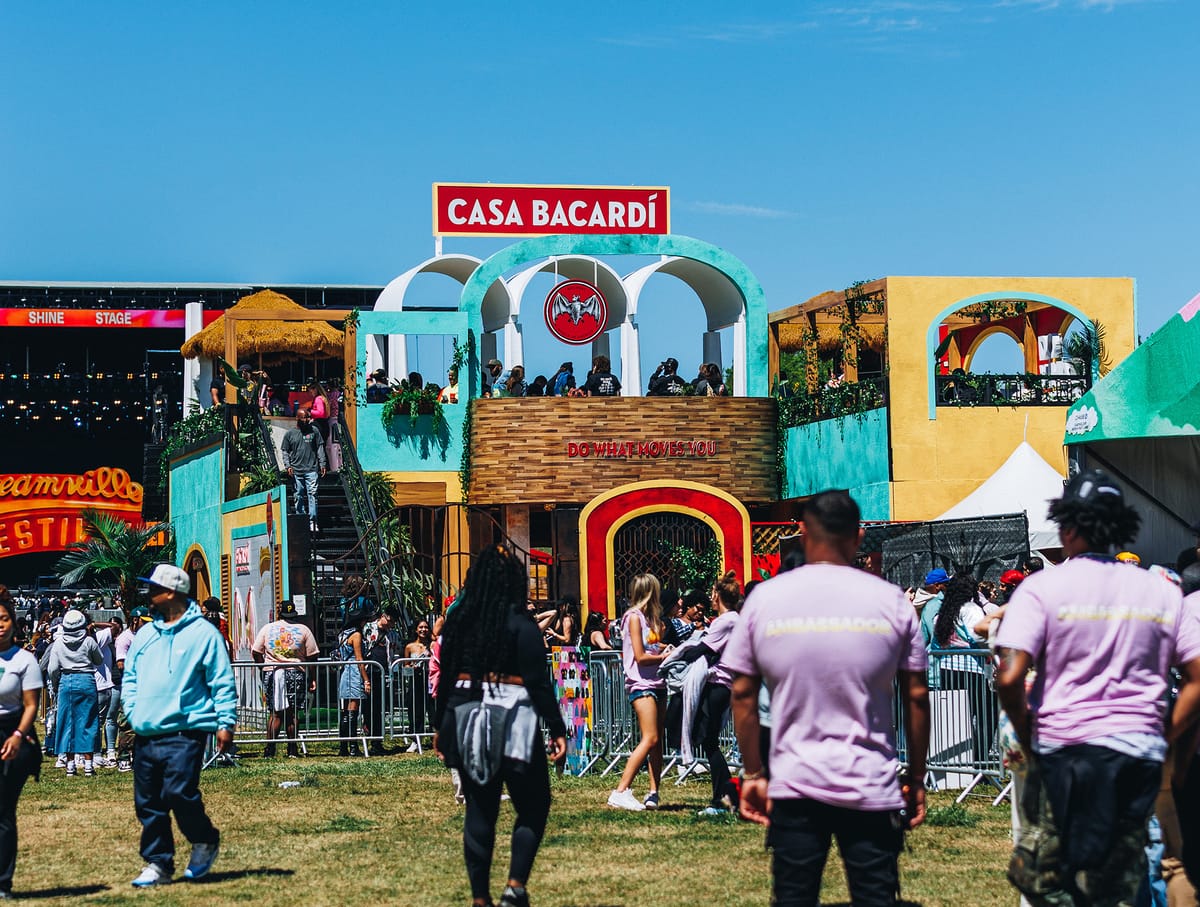
A version of this article appears in today's April 17th print issue of INDY Week.
In the middle of Raleigh’s Dorothea Dix Park sits one of the most majestic and architecturally distinct buildings in the state of North Carolina. Inspired by the Moorish and colonial influences of Old San Juan, it features stucco-like walls, grand arches, and impeccable accent lighting. It has four well-stocked bars, a dancefloor, a DJ booth, and a stunning balcony overlooking the rolling hills of a wide-open public park.
There’s just one catch: it only exists at J. Cole’s Dreamville Festival, and by the time you read this, it’ll already have been broken down, packed up, and hauled away.
When it comes to the gaping chasm in scale between Dreamville Fest and the Triangle-based music events that have preceded it, numbers are useful enough: Hopscotch’s recent 25,000-person attendance compared to Dreamville’s 100,000, for example, or the erstwhile Moogfest’s $199 GA ticket prices versus Dreamville’s sticker-shock starting point of $349. But the difference in magnitude is best illustrated — at least, in my experience — by the brand activations and pop-ups that have come to indicate the kind of festival Dreamville aspires to be.
Milling around the festival grounds early Saturday before big-name acts started to take the stages, fans queued up at the Charmin Experience, at which they could, after signing up for the email list, do their business in a marginally nicer portajohn and take pictures on a gold toilet next to a dancing, life-sized Charmin bear. When I mentioned to a coordinator, who travels with the display along the festival circuit, how bizarre it was to see a 20-deep line for a toilet photo, he laughed: “It amazes me every time.”
Dreamville Fest '24 in images: To see the other 50+ shots that didn't make it into this story, click below:
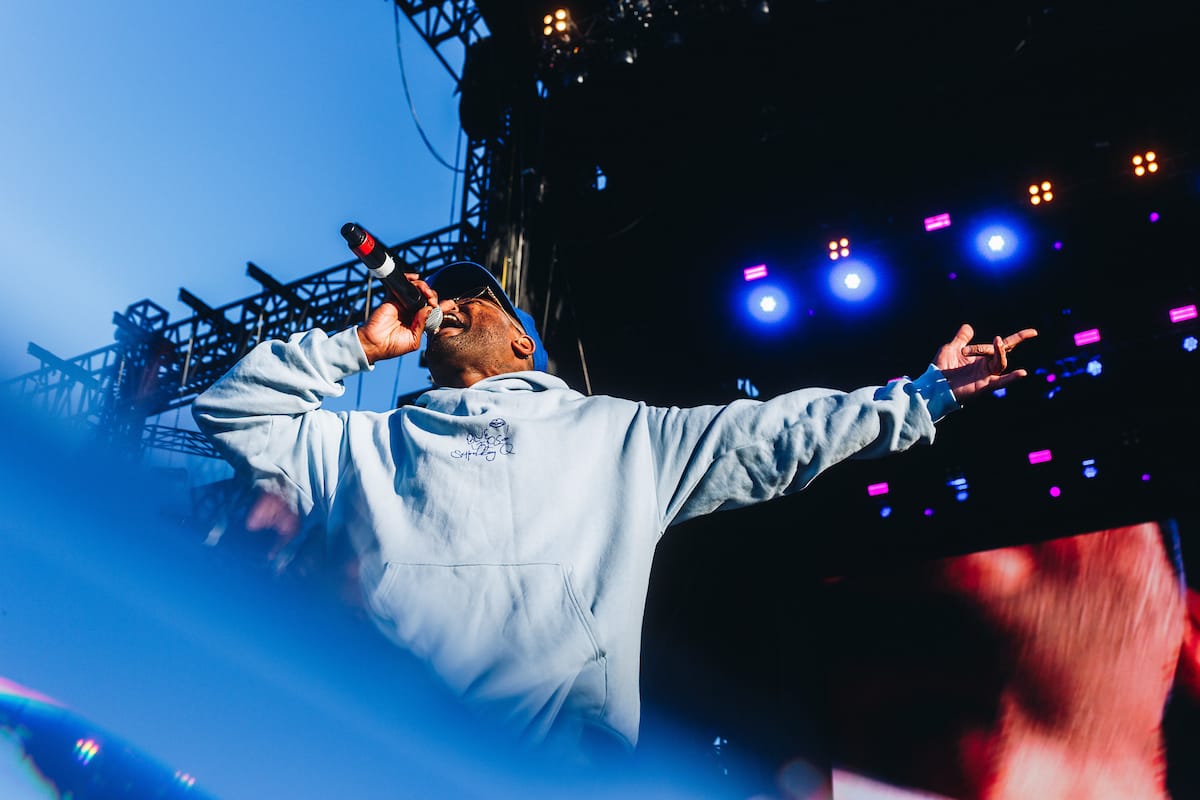
At the towering Febreze #FreshAF (short for “Fresh As Febreze”) open-air photo backdrop, complete with cartoonishly large floral bouquets and a pink and gold armchair, a middle-aged woman in a navy Febreze shirt shouted out words of encouragement like “You better work!” as friends took turns posing for social media glamor shots. Asked about the goals of the FreshAF stand, she spoke of the three new scents the exhibit was promoting, and pointed matter of factly at how many attendees were patiently awaiting their turn: “Look at my line!”
Alcohol and liquor advertainment areas were, unsurprisingly, well accounted for — from the glossy, vaguely Duty-Free-looking Patrón lounge to the neo-rustic micro-château by Ste. Michelle Wines, to the industrial-chic Hennessy encampment built out of storage containers, where, on Saturday afternoon, singer and actress Teyana Taylor served drinks amid a swarm of adoring fans (including our photographer, Brett Villena, who didn’t recognize Taylor but got a margarita from her anyway).
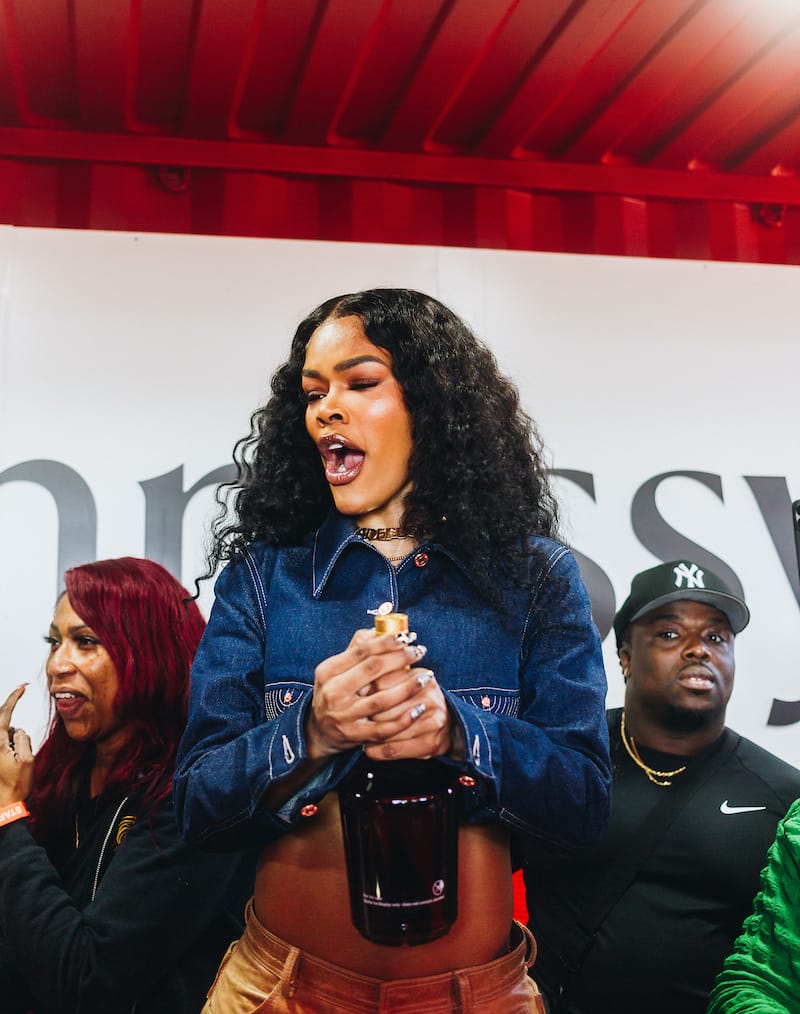
But none of it held a candle to the two-story colossus parked directly between the festival’s two massive stages, a glowing temple to Dreamville’s ambitions, a tantalizing slice of Puerto Rico in downtown Raleigh, and the place where I immediately knew I needed to close out my weekend festivities on Sunday night: the Casa Bacardí.

All of this—the châteaus, the hastily constructed two-story buildings, the dancing bears and gold toilets—would seem remarkable were it not for the fact of just how unremarkable it was to most festivalgoers themselves. Comprised mostly of out-of-towners, whose frames of reference were not the local fare of Hopscotch or Moogfest but rather touring, multi-city behemoths like Rolling Loud, the drumbeat of commercial encroachment seemed hardly noticeable at all, and the trademark Dreamville aura of community and earnestness felt dutifully preserved.
The range of attendees, as diverse and wholesome as the festival’s inaugural edition in 2019, underscored the point: a mother from Winston-Salem with her teenage son, who had been gifted the tickets as a birthday present (during the Teezo Touchdown set, she said: “I’ve never heard of him before but I love him!”); a father from South Carolina with his college-aged son, excited to see the OG acts on the bill like Jeezy and 50 Cent; a trio of twentysomething sisters named Tasha, Tia, and Tamara who buy early-bird tickets every year; a massage therapist from Baltimore who hung back from the most packed, tighter areas because of her anxiety but said that when her younger cousin wants to see certain acts up close, “I’ll do it for her.” Every now and then, parents could be seen snaking through the crowd holding tightly to small children who, one can only hope, were not present to see Sexyy Red.
Also intact, despite the festival posting its highest attendance numbers yet (104,000 in total, by Dreamville’s count) was the promised feeling of a glorified cookout or family picnic, made possible by the sprawling 300-acre setting of Dix Park and the relaxed disposition of those in attendance.
But while the characteristically laidback atmosphere was a relief to some, it seemed a source of resentment for others. Numerous fans, often first-timers, took exception to “low-energy” crowds for their favorite artists — like a Raleigh native bewildered by a mild reaction for Lil Yachty, and another attendee from Orlando going so far as to leave Earthgang’s set early because “I didn’t want that to be my first experience of seeing them live.”
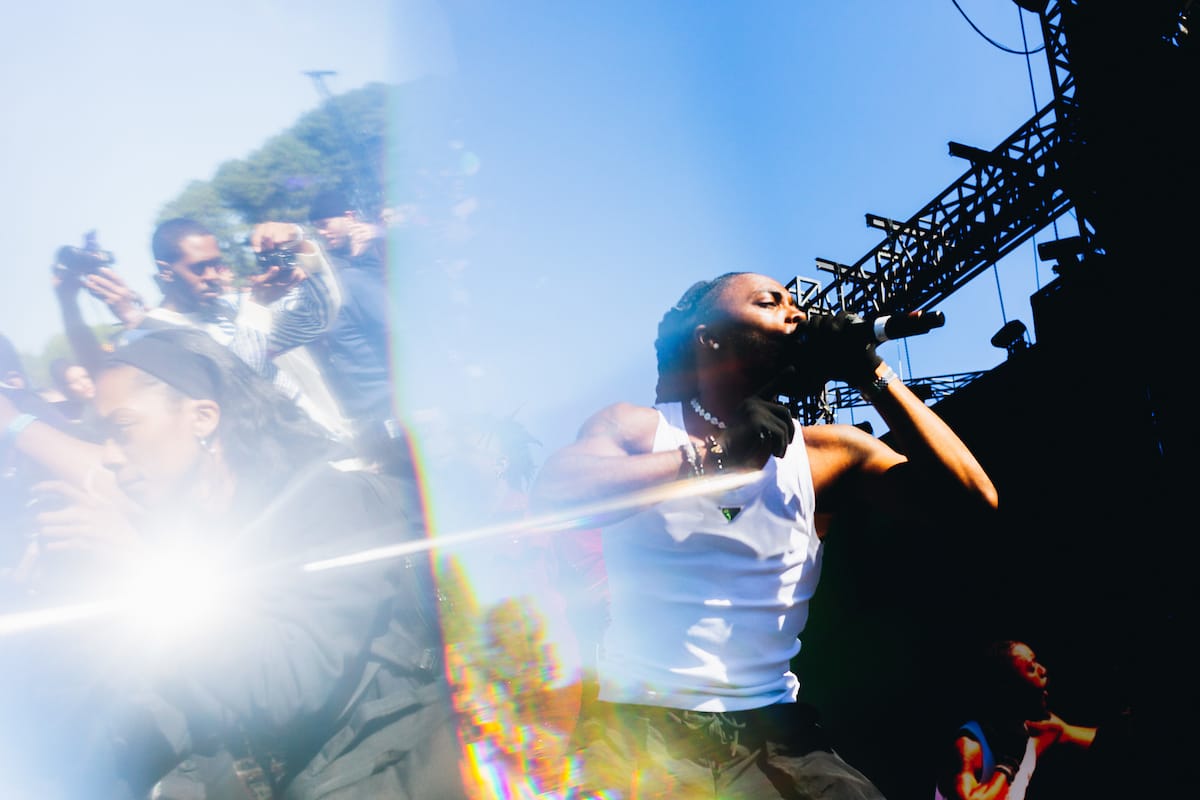
Less subjective, and more inexplicable for an event of Dreamville’s stature, were the logistical issues: microphones going quiet or failing (prompting at least one artist, Rema, to end his set prematurely), co-headliner Nicki Minaj starting her Sunday performance an hour late, and throughout the weekend, cellular data being nearly impossible to access (the five or six drones overhead, streaming the event live for Amazon Music, may have had something to do with that).
And yet, the prevailing feeling in talking with attendees was that little, if anything, could shake their commitment to the annual two-day pilgrimage. Even at an all-in cost of $500 or more, most hadn’t come for perfection as much as they’d come for a vibe — one that, even when dogged by sound issues, last-minute lineup changes, and late-arriving performers, the organizers of Dreamville Fest have shown themselves reliably capable of creating.
As I talked to festivalgoers on the sticky, alcohol-soaked second floor of Casa Bacardí on Sunday afternoon, my mind wandered to my closing-night vision of watching Cole’s show from the Casa balcony. I asked a Bacardí organizer about it, and the dream was dashed: the rooftop would be closed by the time he went on.
Below us, a conga line was now tracing the perimeter of the dance floor. A moment later, the line had contracted into a dense circle, everyone laughing, smiling, and taking pictures of the main attraction at the circle’s core: a confused, semi-dancing toddler, like a scene out of The Hangover.
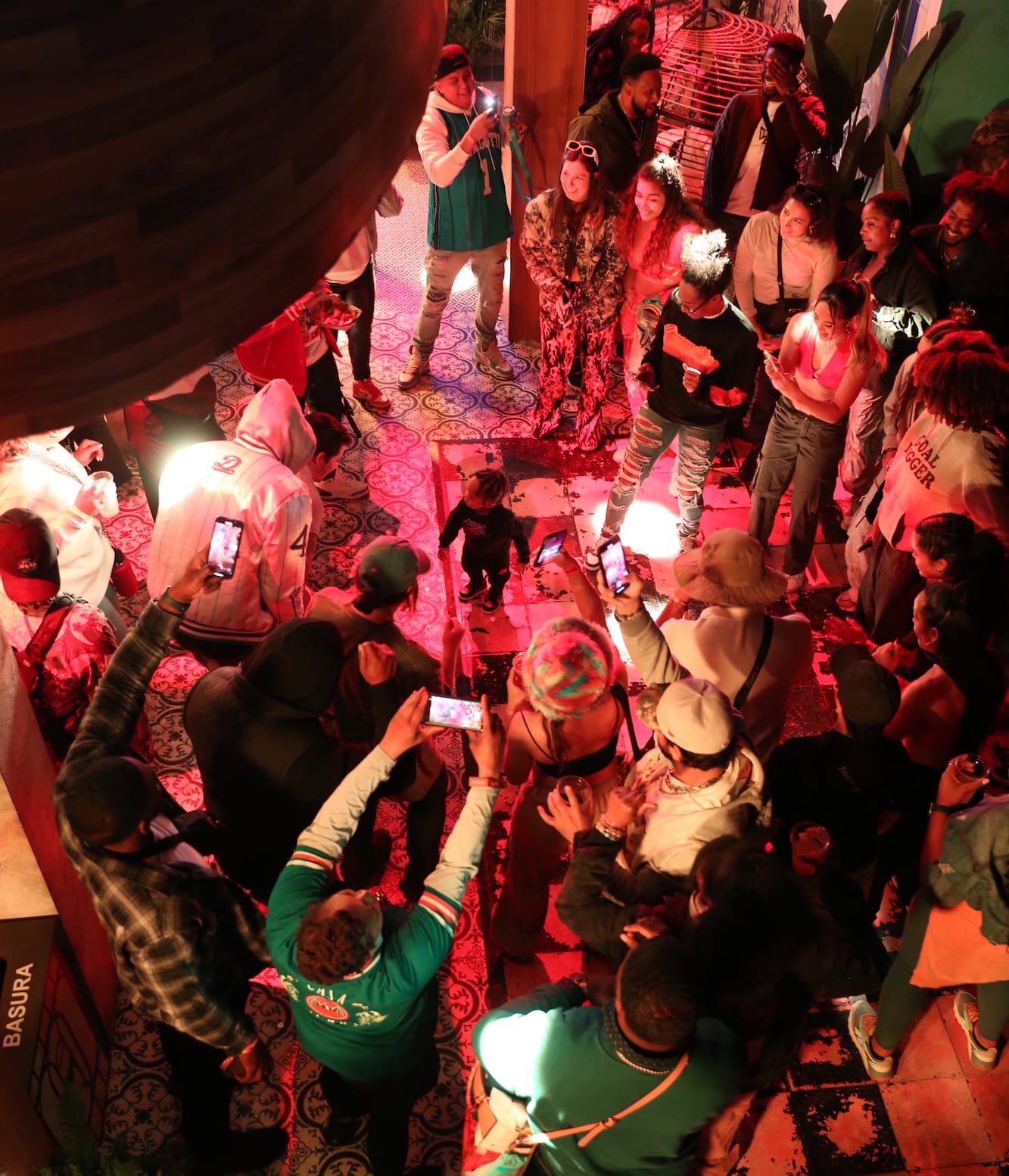
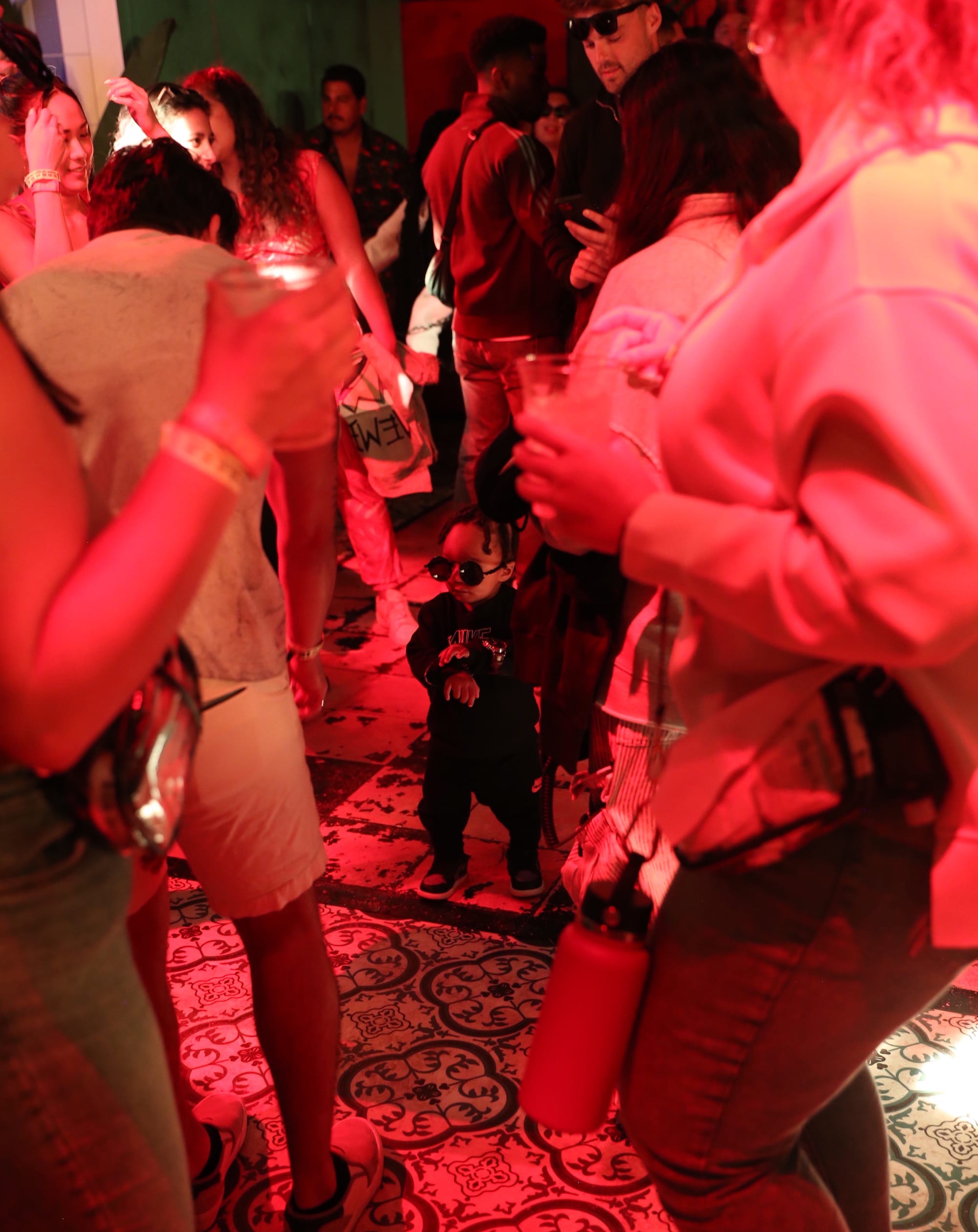
Casa Bacardí's youngest patron. © Super Empty 2024
Only in San Juan. Or, more to the point, only at a fleeting, San Juan–inspired, all-day nightclub in the middle of Raleigh.

The anticipation for J. Cole’s Sunday night headlining set, meanwhile, was amplified tenfold by the elephant in the room: a simmering feud between him and Kendrick Lamar (and Drake) that had, in recent weeks, captivated the rap world.
The excitement was palpable even outside the festival grounds on Sunday morning. At a prominent downtown Raleigh mural that features grayscale renderings of Cole, Lamar, Drake, and Minaj, fans offered a wide range of commentary—from two young women who didn’t mind the sparring and called it “good for hip-hop,” to a dedicated Cole fan who kept his assessment blunt: “Man, fuck Kendrick!”
As Nicki’s time-constrained set came to a close that evening, I hustled across the park with a naïve hope that I’d been misinformed and my Casa Bacardí rooftop dream was still alive. Approaching from the back, careful to not break stride or make eye contact with the Bacardí event staff, I walked up the stairs until miraculously, I had arrived: looking out over the Dix Park festival grounds, about to watch J. Cole perform, from the second-floor balcony of the Casa Bacardí. As the crowd filled in on the grass below, two of my fellow Casa-mates shouted out “Hello, peasants!” and waved at those beneath us. We basked in our temporary liquor-stand superiority.
It was going to plan, it seemed—until things got started. Plagued by the same microphone issues that had bedeviled other artists throughout the weekend, Cole’s opening words were inaudible, and sound complications would only continue as he soldiered through an unusually guest-heavy set that positioned him as a sidekick as often as the main star.
It was more than an hour later—long after I’d been identified as not a member of the Bacardí team and politely asked to leave the rooftop—when Cole made the retraction heard around the world, calling his diss track from the week before the “lamest, goofiest shit.”
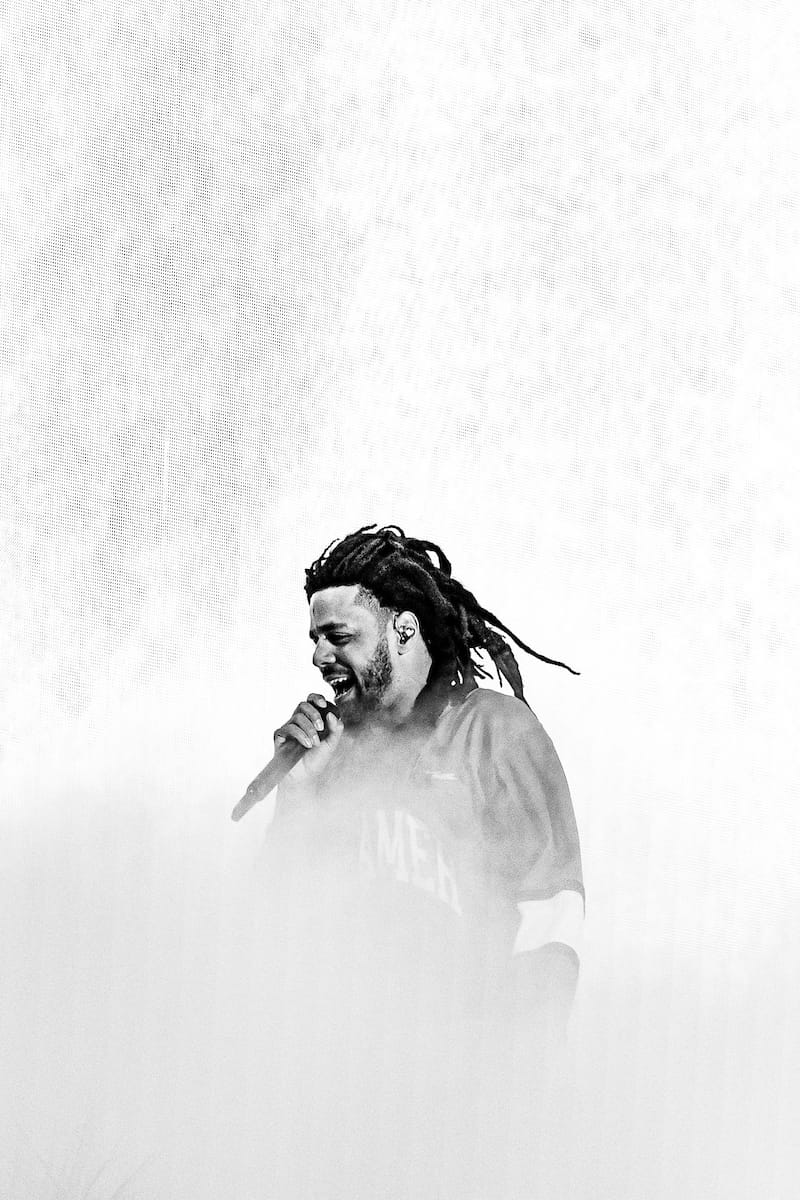
There would be no clean satisfaction on this night: not an electric, galvanizing moment of taunting and saber-rattling, no shocking onstage truce with a guest appearance from Lamar. Only a hazy, disorienting fog, consisting of Dreamville mainstays “Love Yourz” and “No Role Modelz,” an obligatory sequence of fireworks, and then, nothing.
As the hushed masses trudged quietly off into the night, it was hard to tell if the collective zombie-like state was a product of the off-kilter headlining set we’d just seen (including multiple foreboding comments by Cole about only having “so many [Dreamville Fests] left in me”), the early-onset hangover after two long days of music, the late hour, or more likely, some combination of all three.




